32 Free Top-Down View transparent PNG images
Explore our collection of 32 free AI-generated Top-down View images, featuring a diverse range of stock photos, 3D objects, vectors, and illustrations. Perfect for architectural visualization, game design, and interior planning, these high-resolution images offer unique perspectives from above. Use our intuitive 'open in editor' feature on any image's detail page to customize prompts and regenerate variations that match your specific vision.
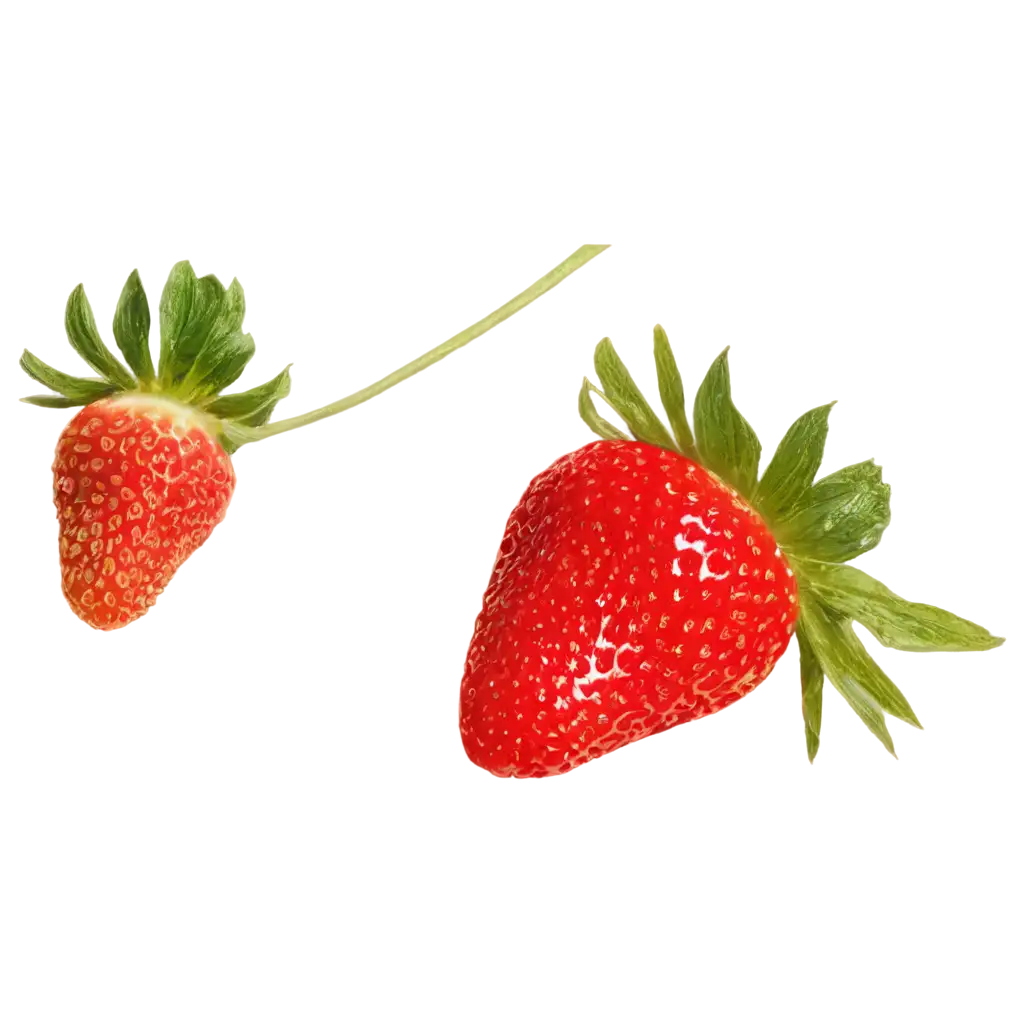
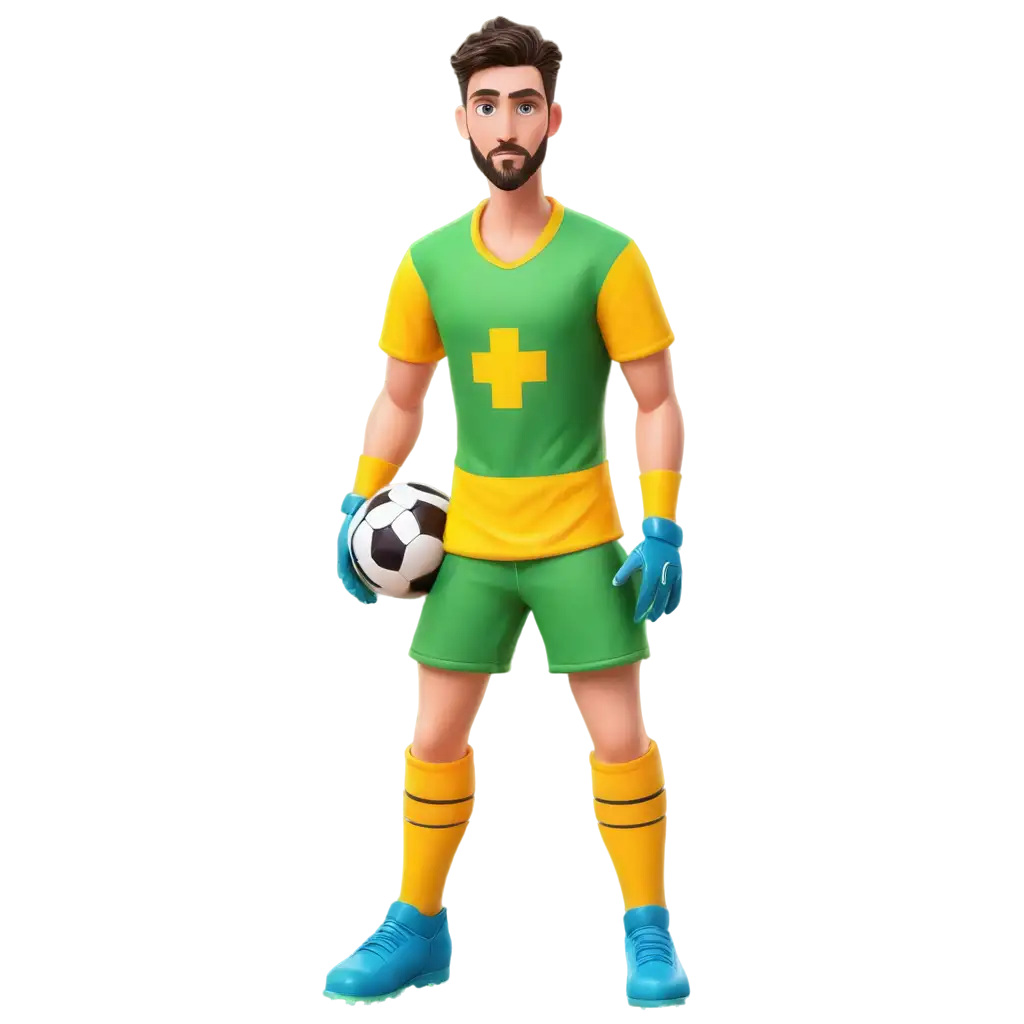
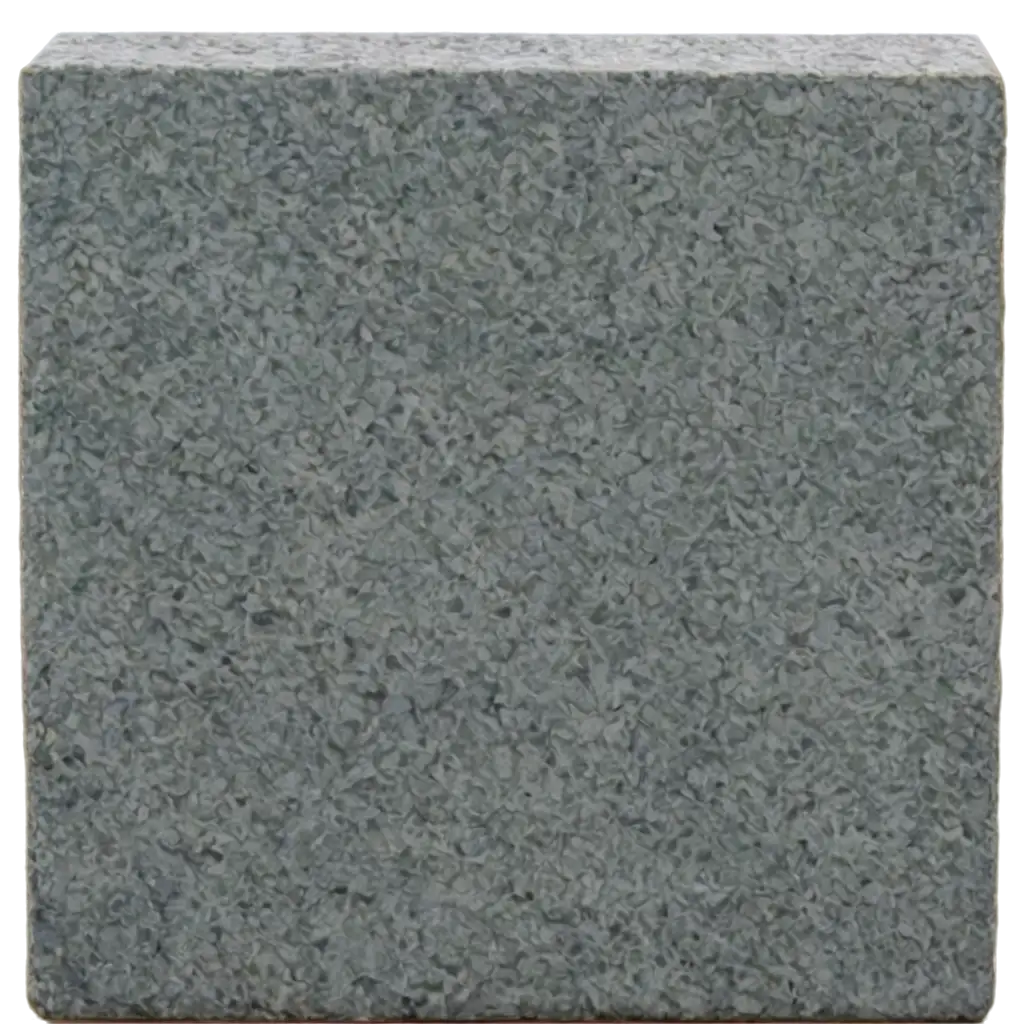
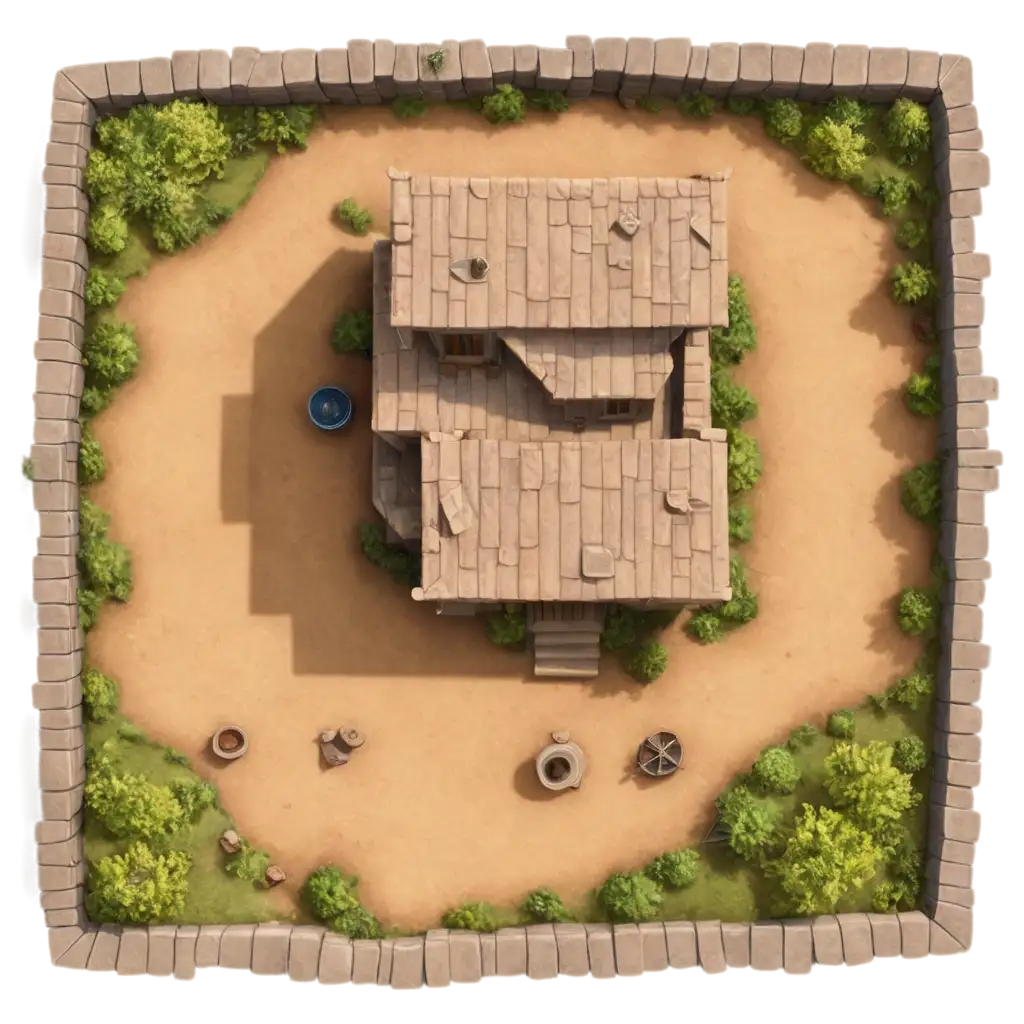
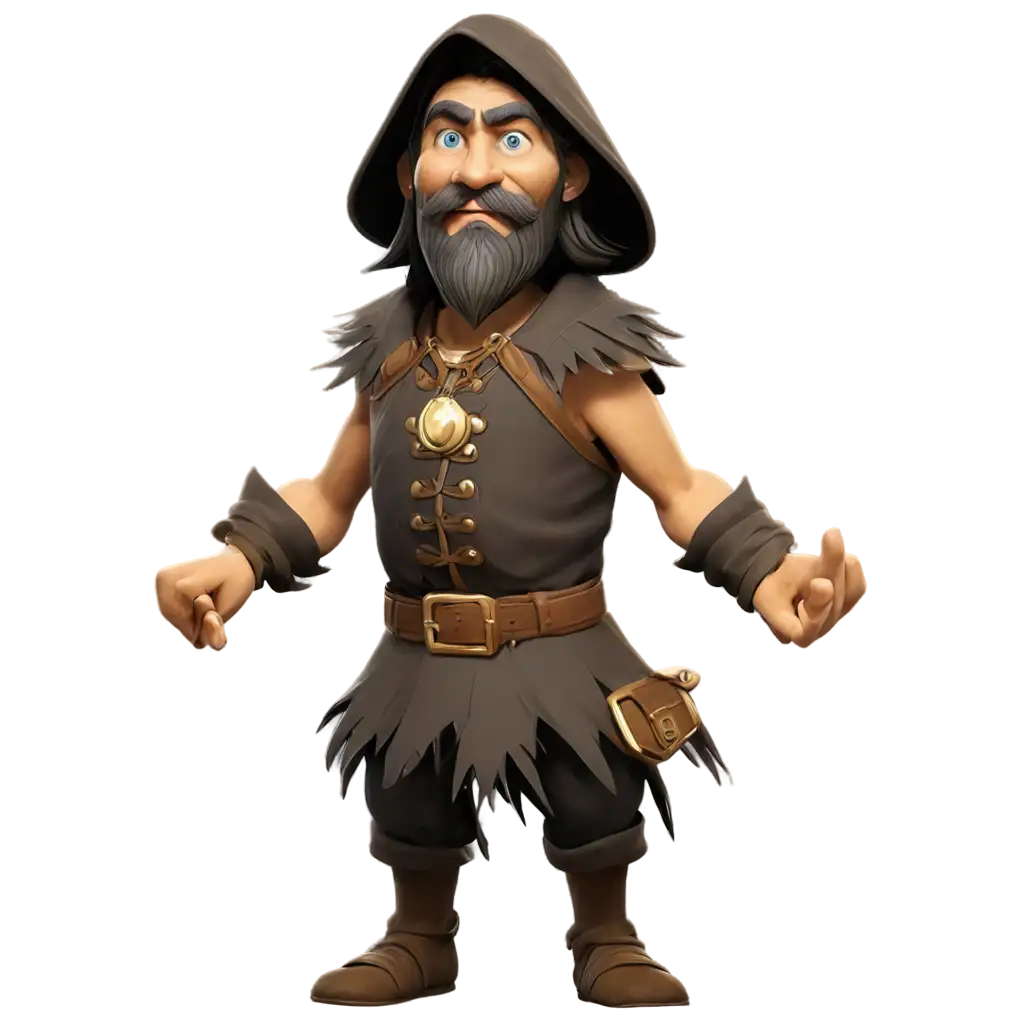
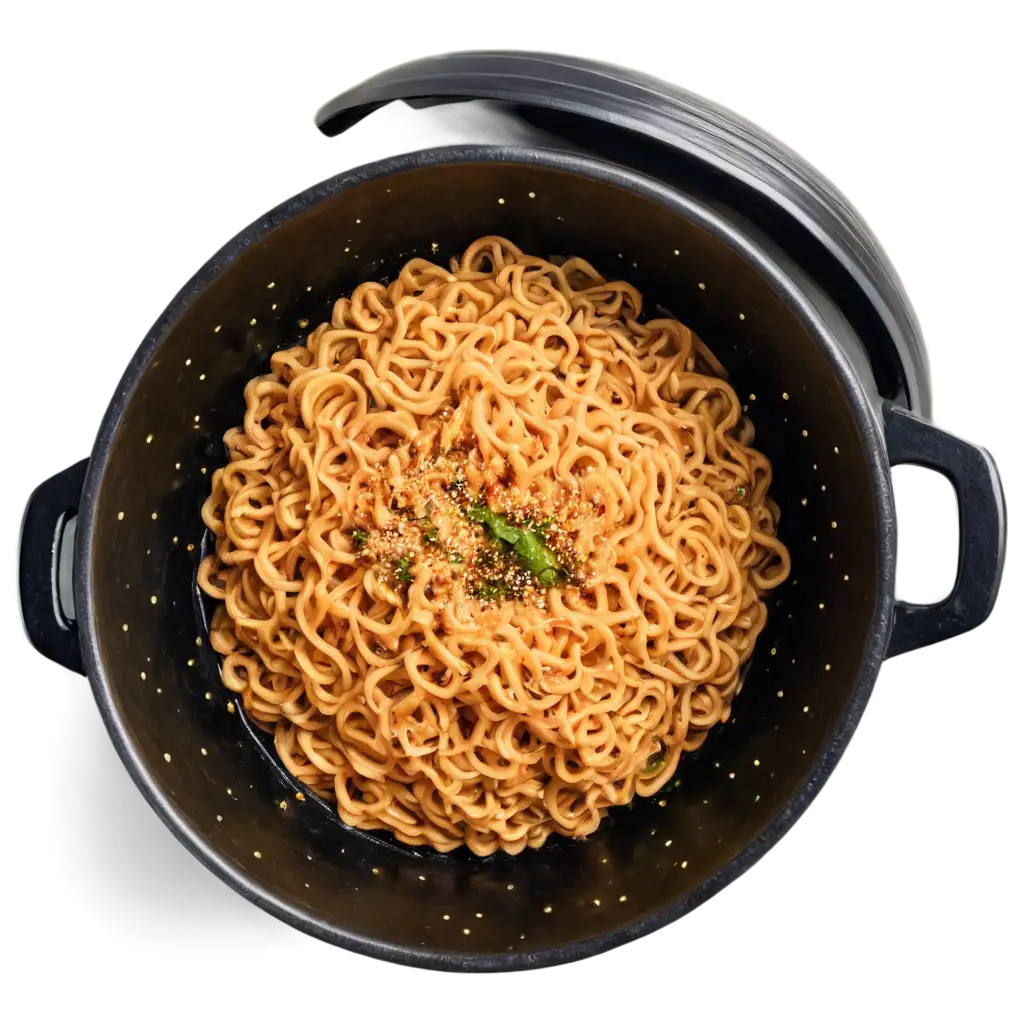

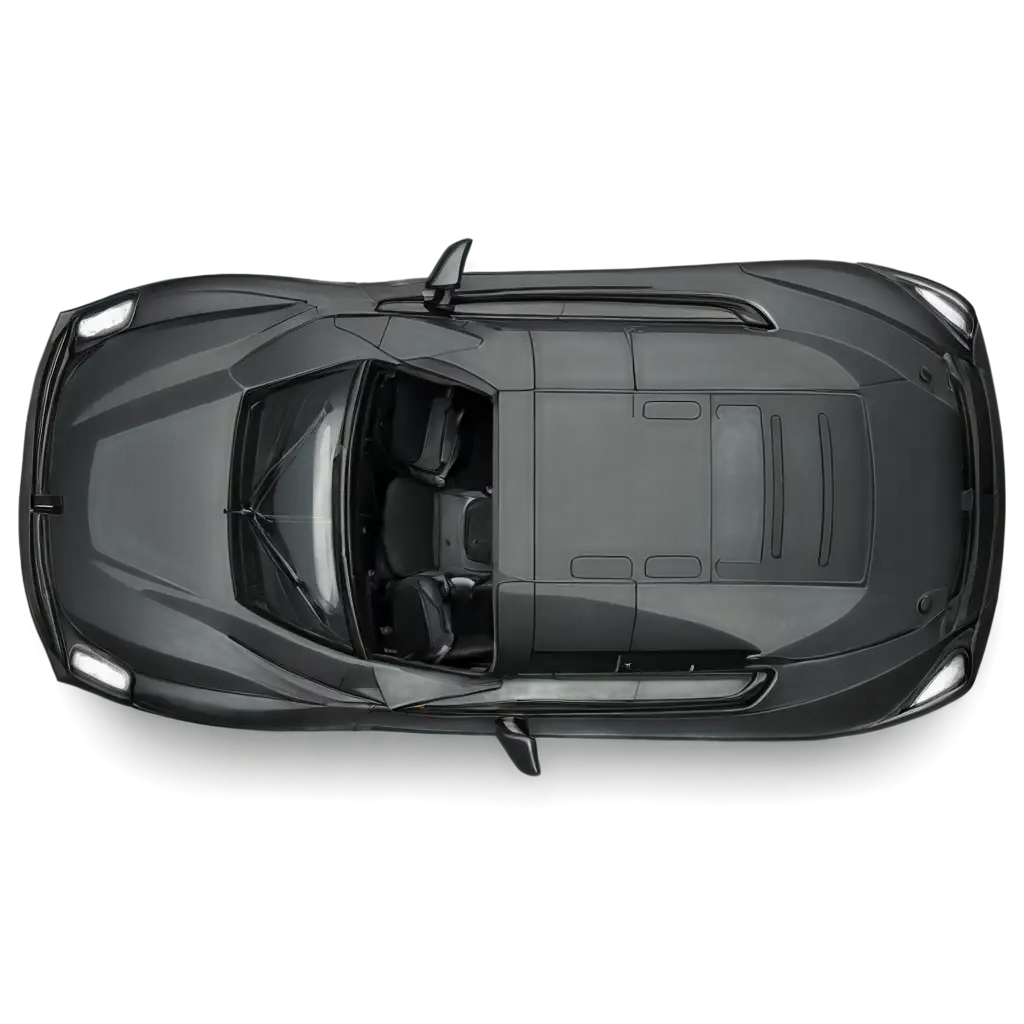
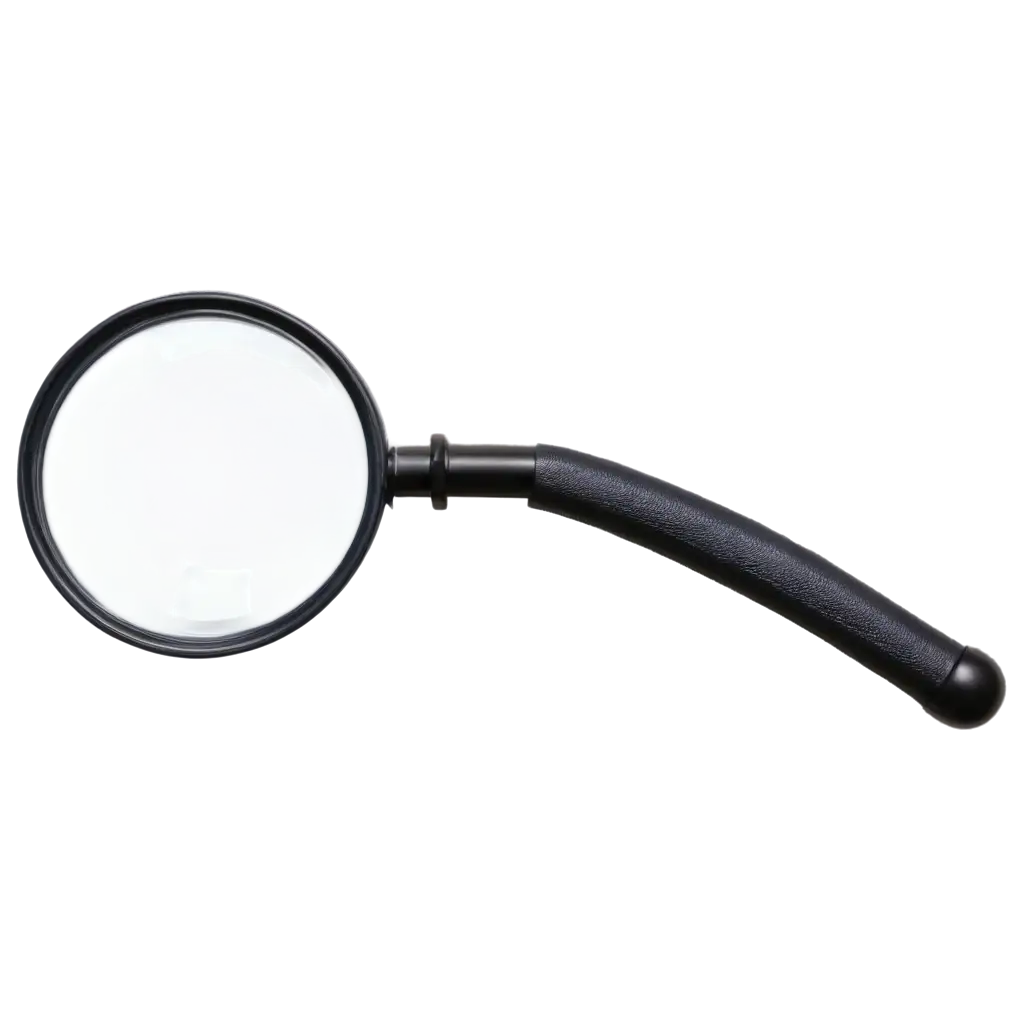
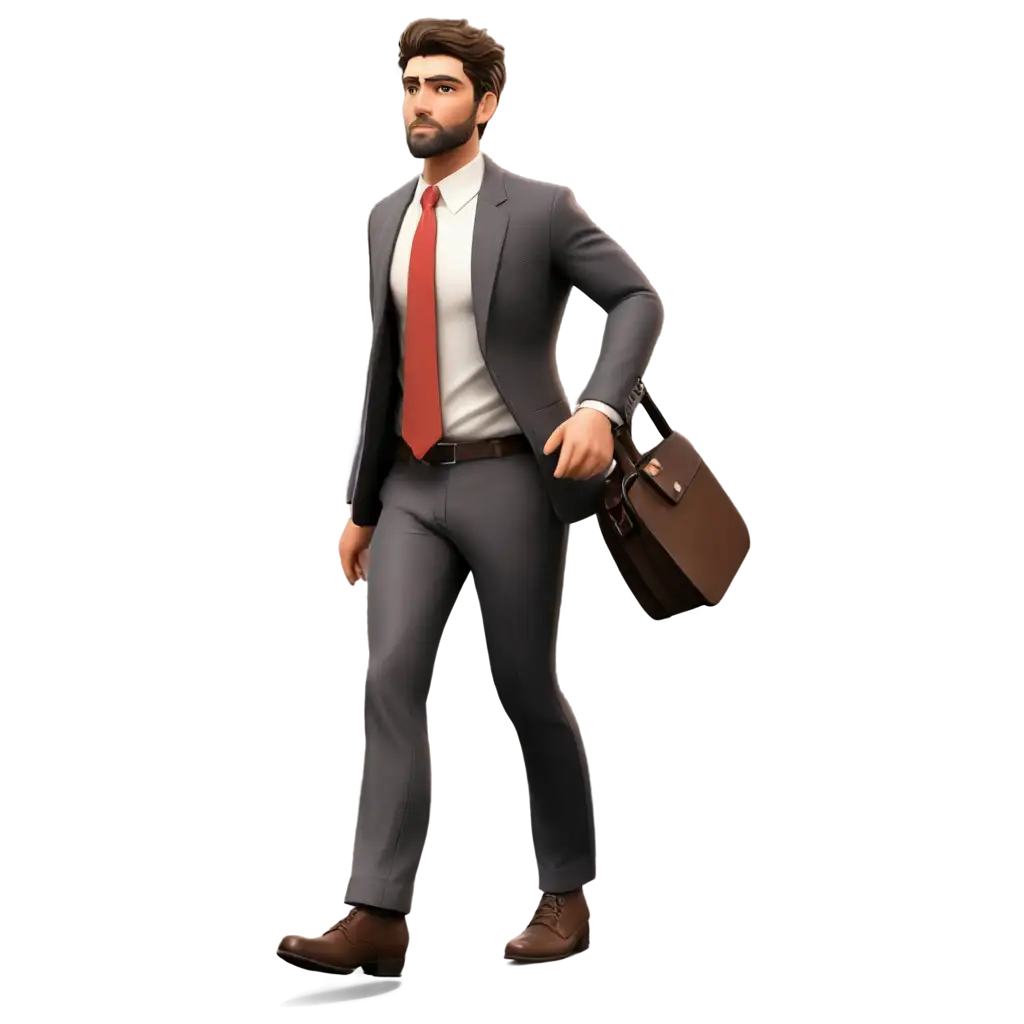
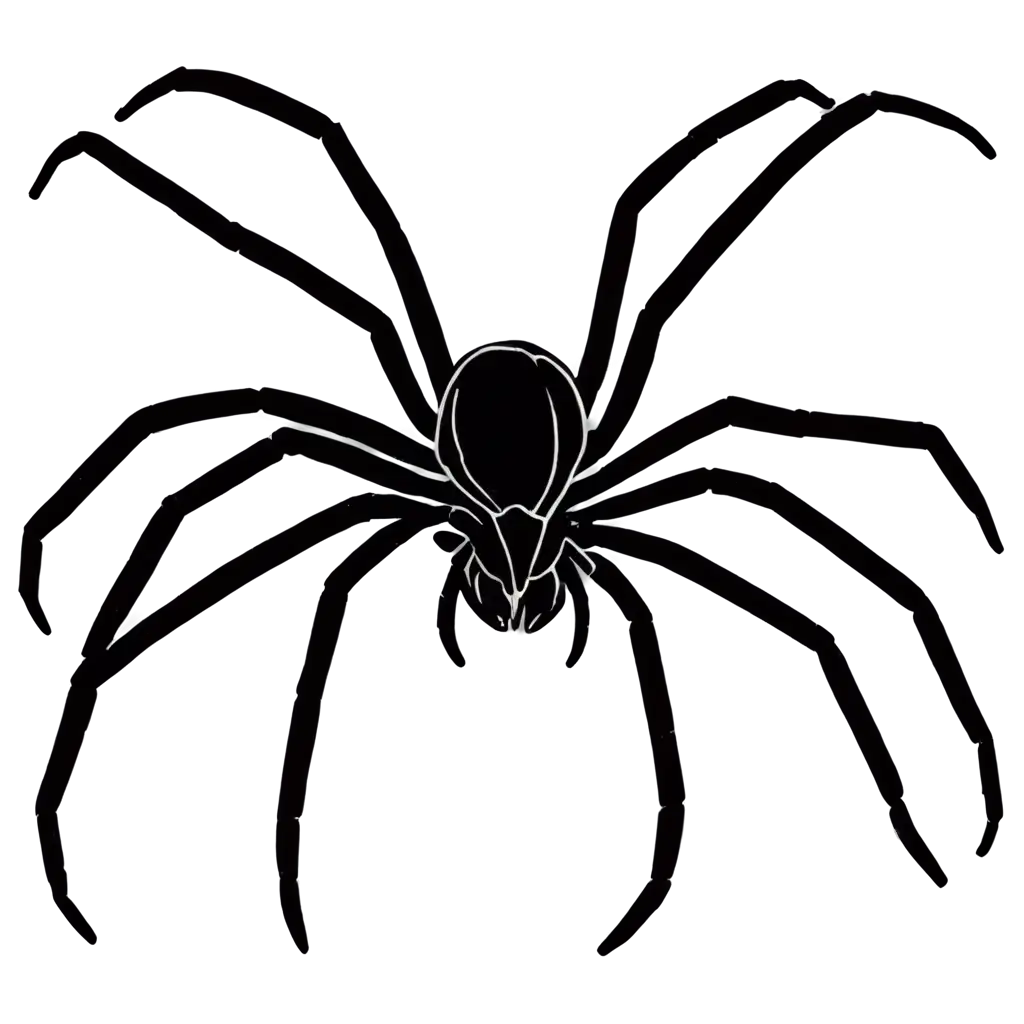
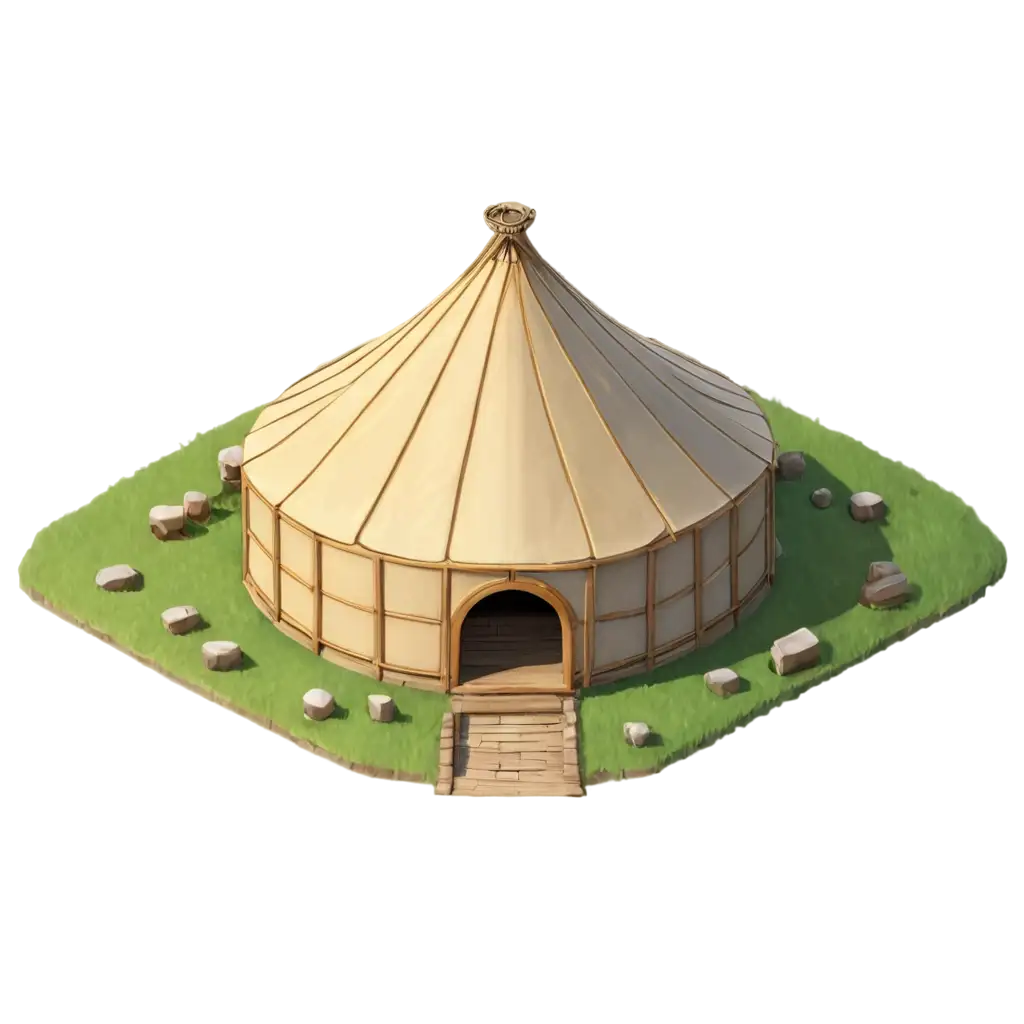
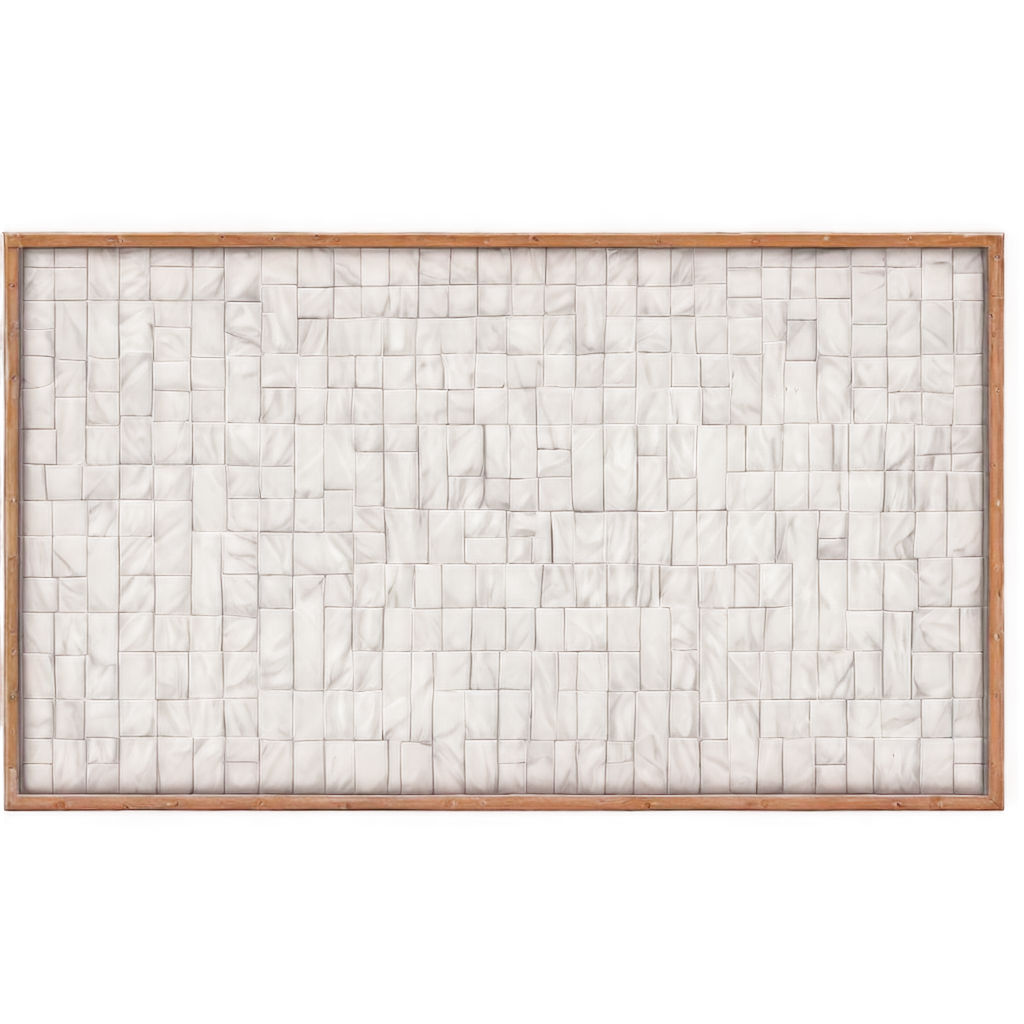
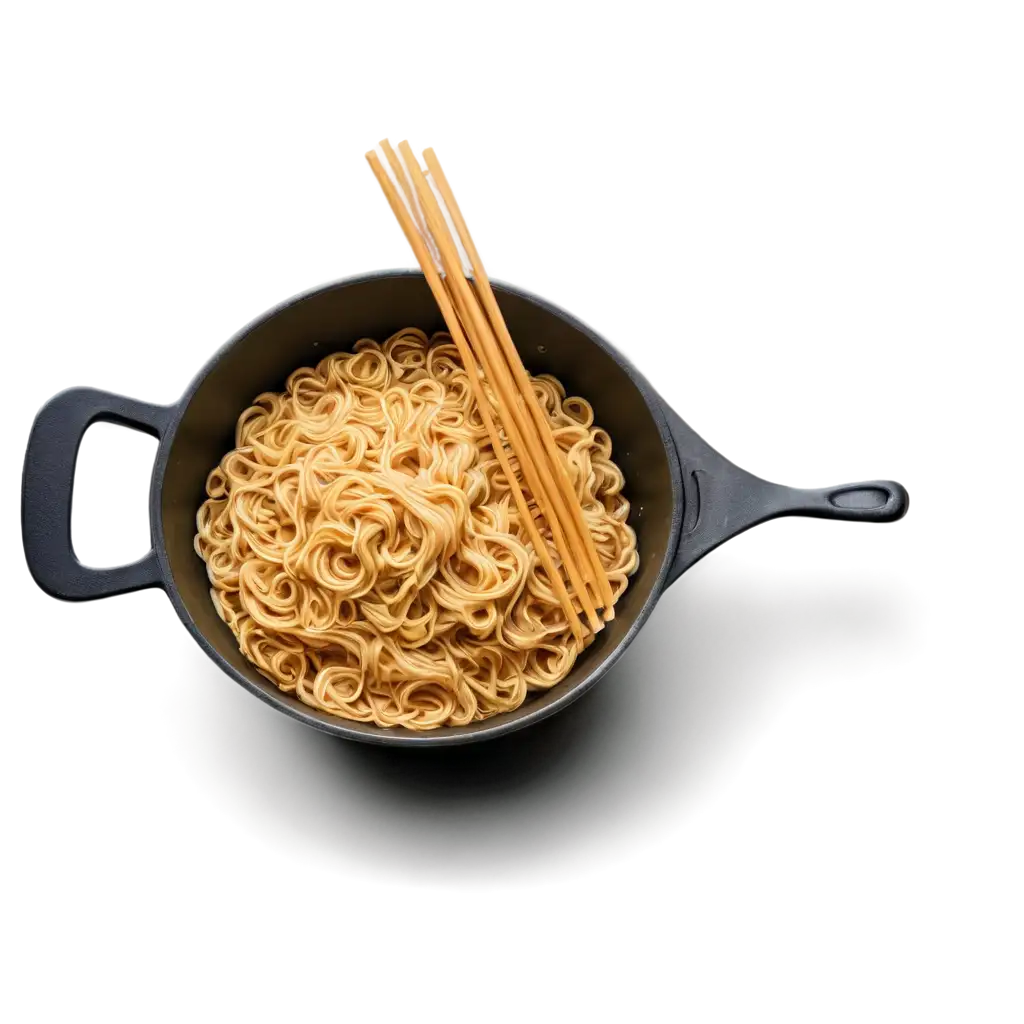
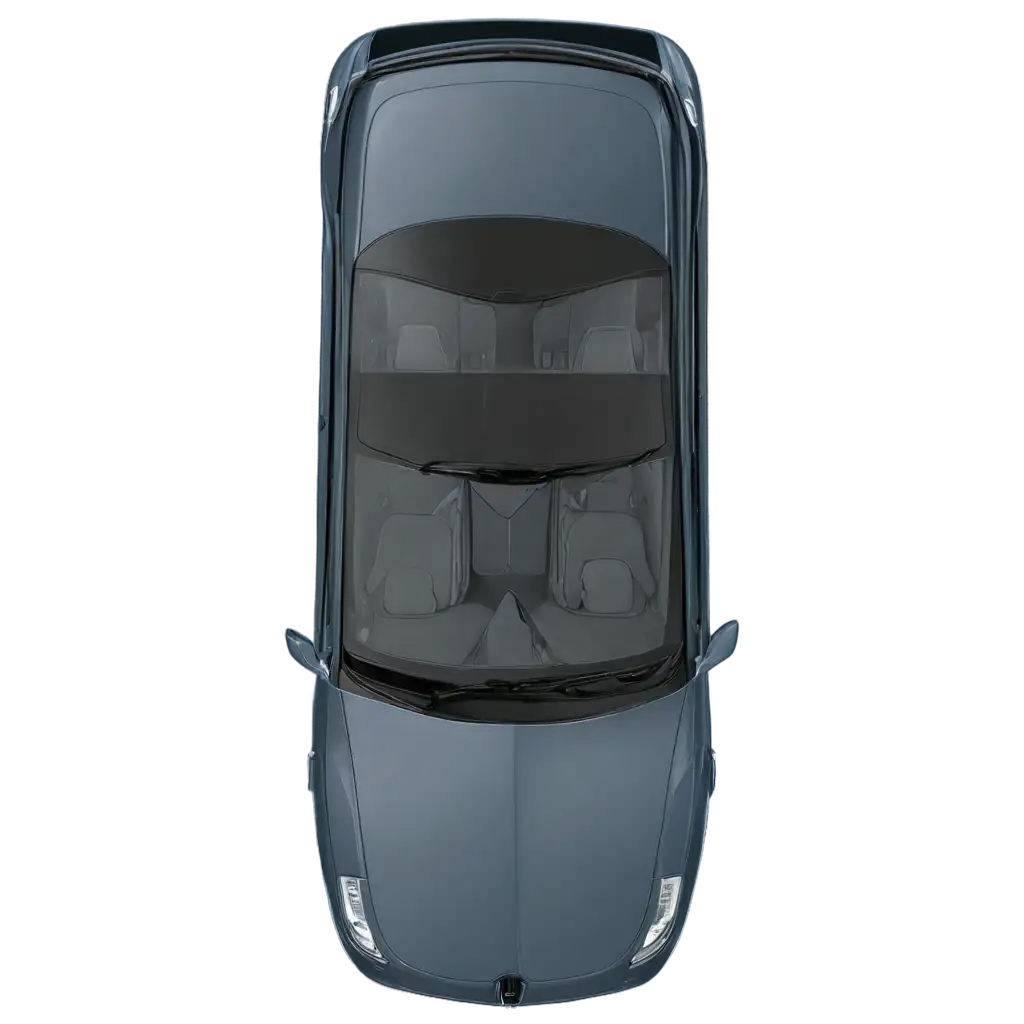
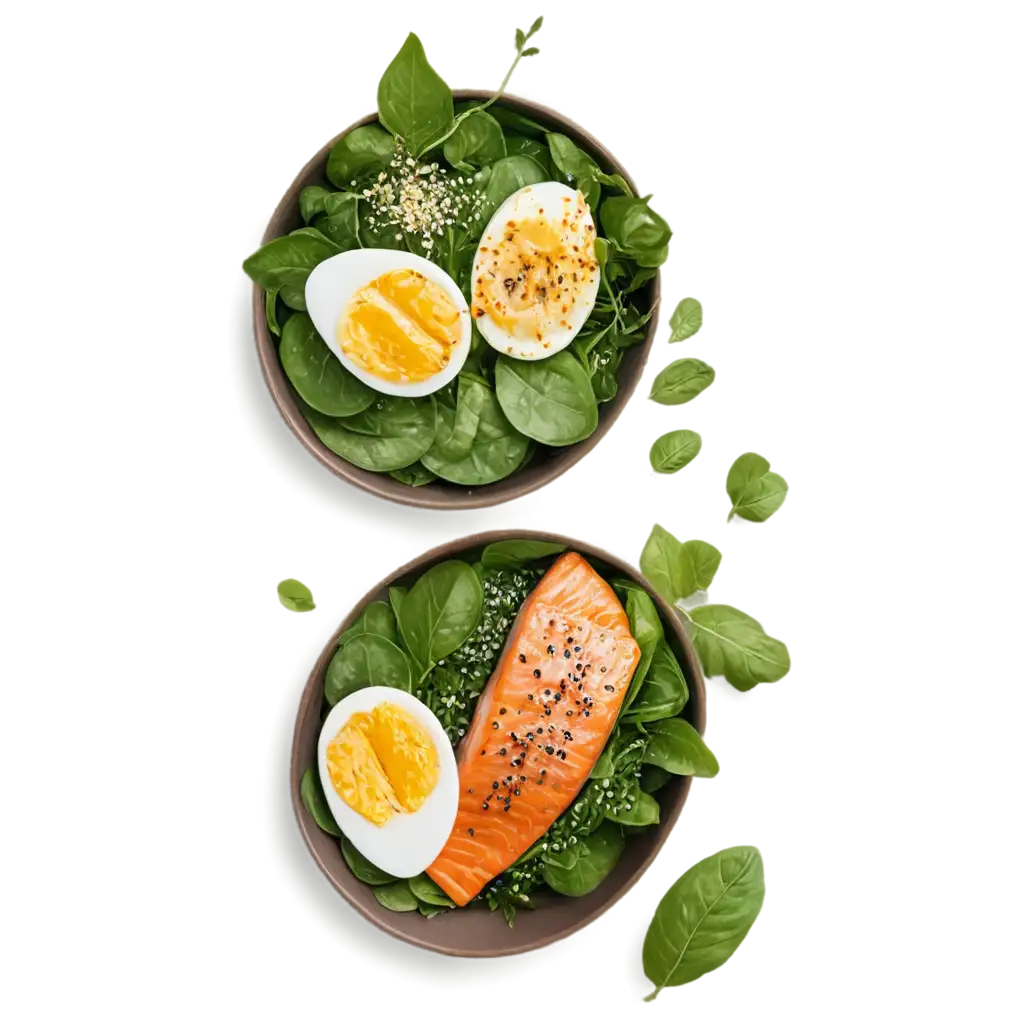
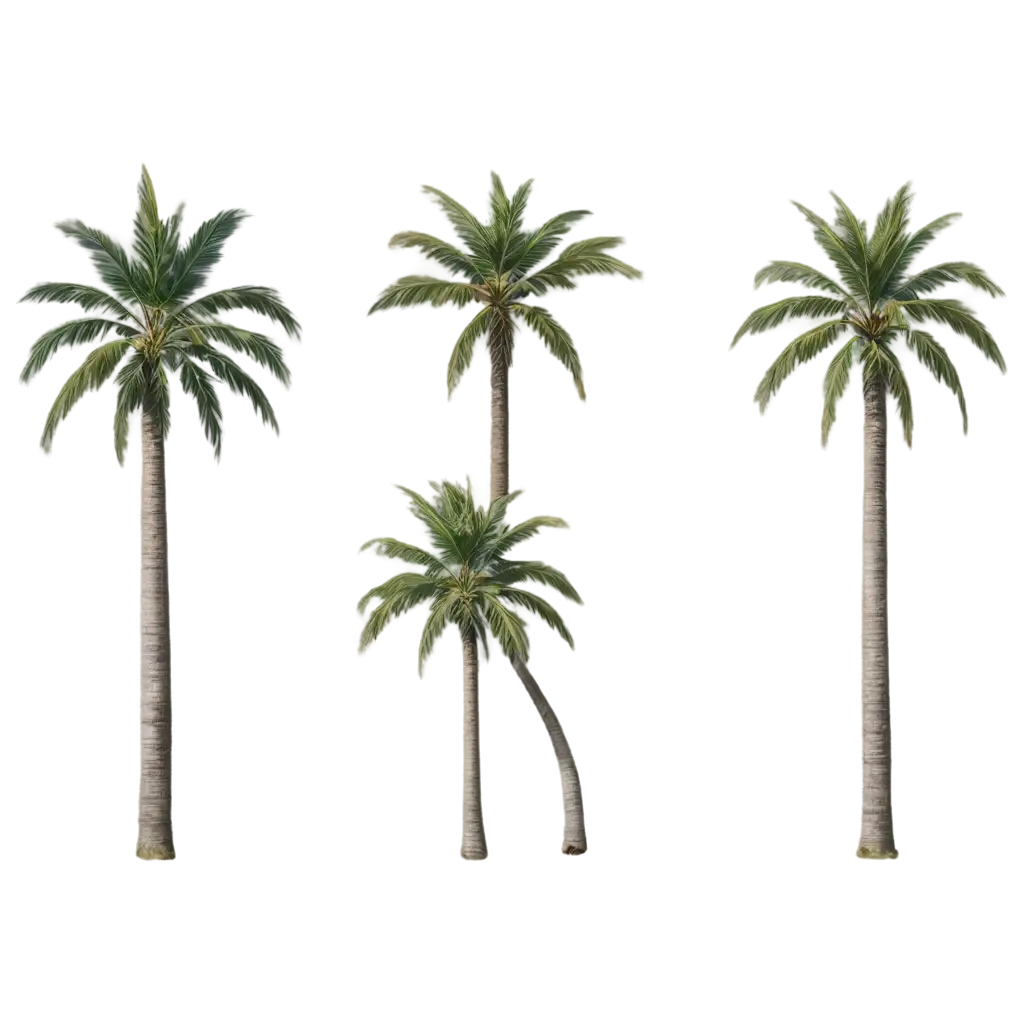
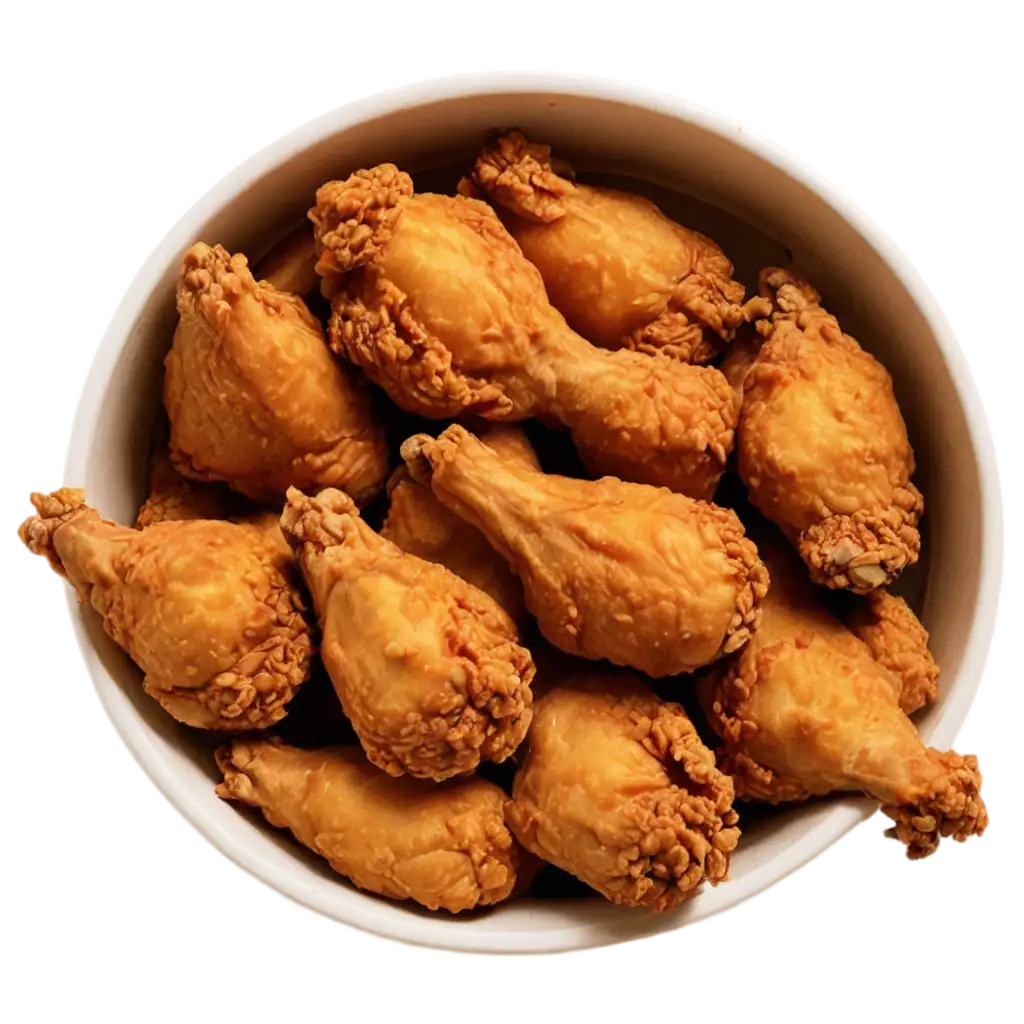
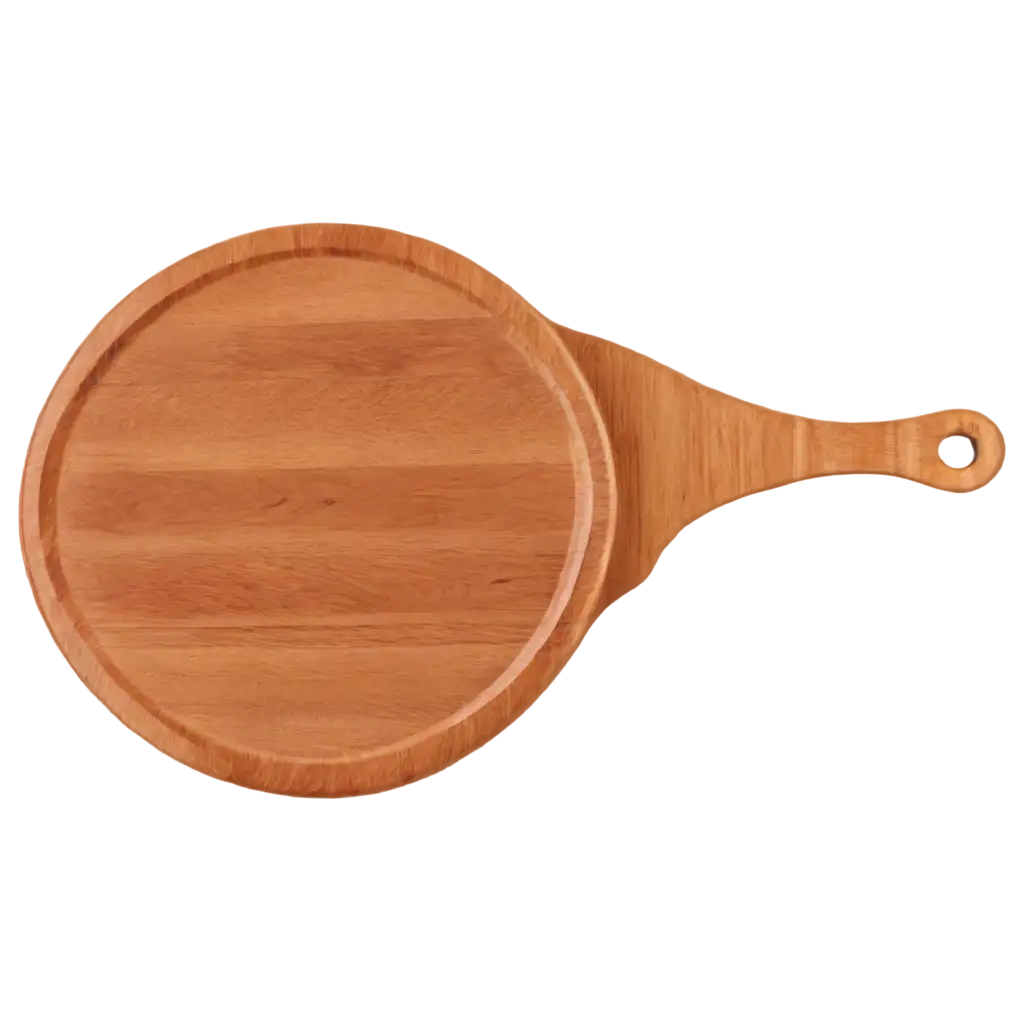

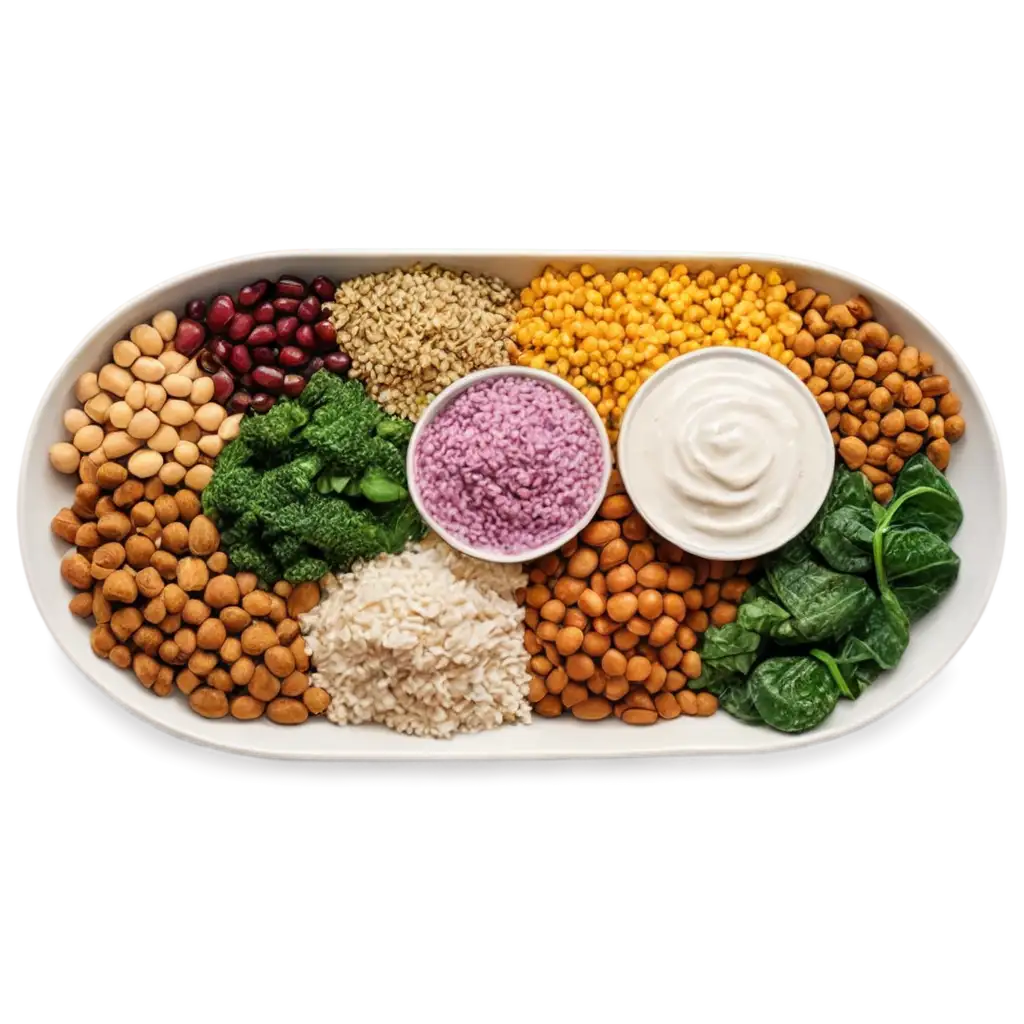
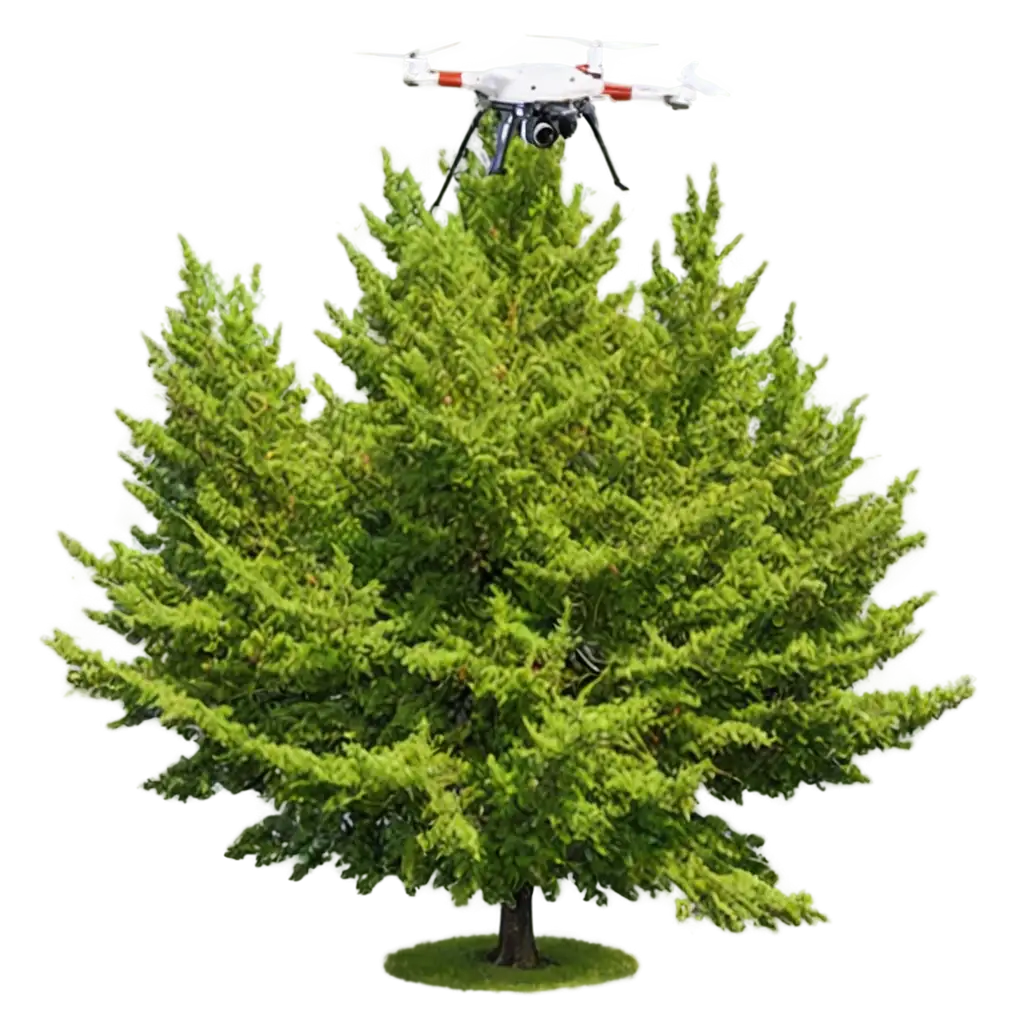
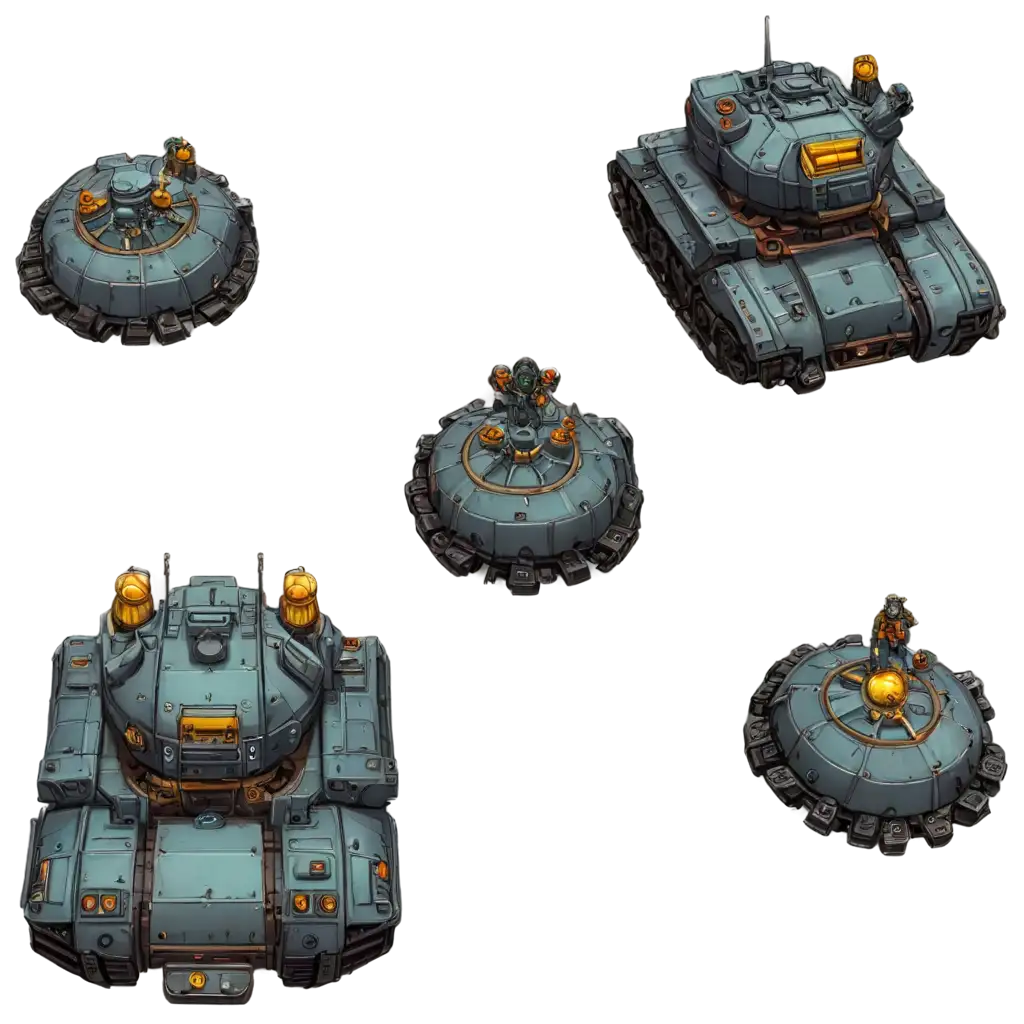

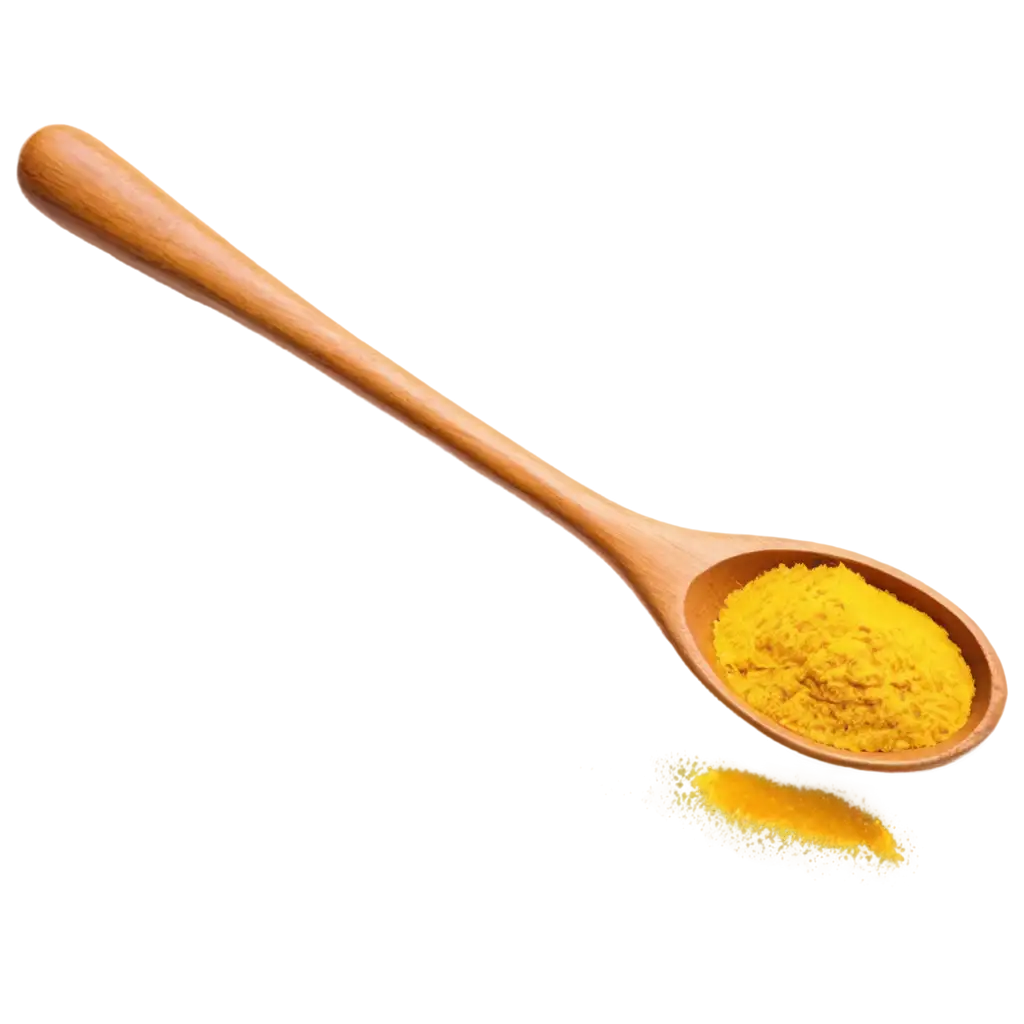
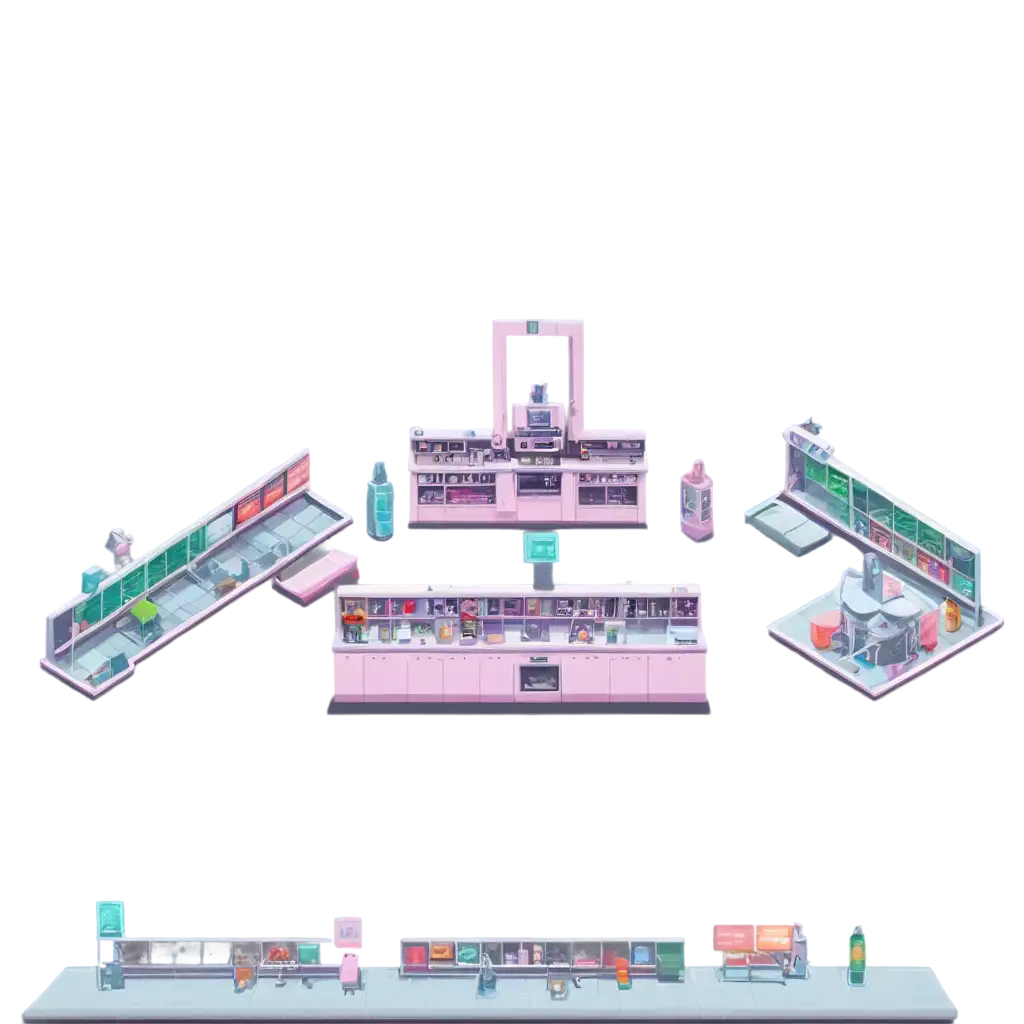
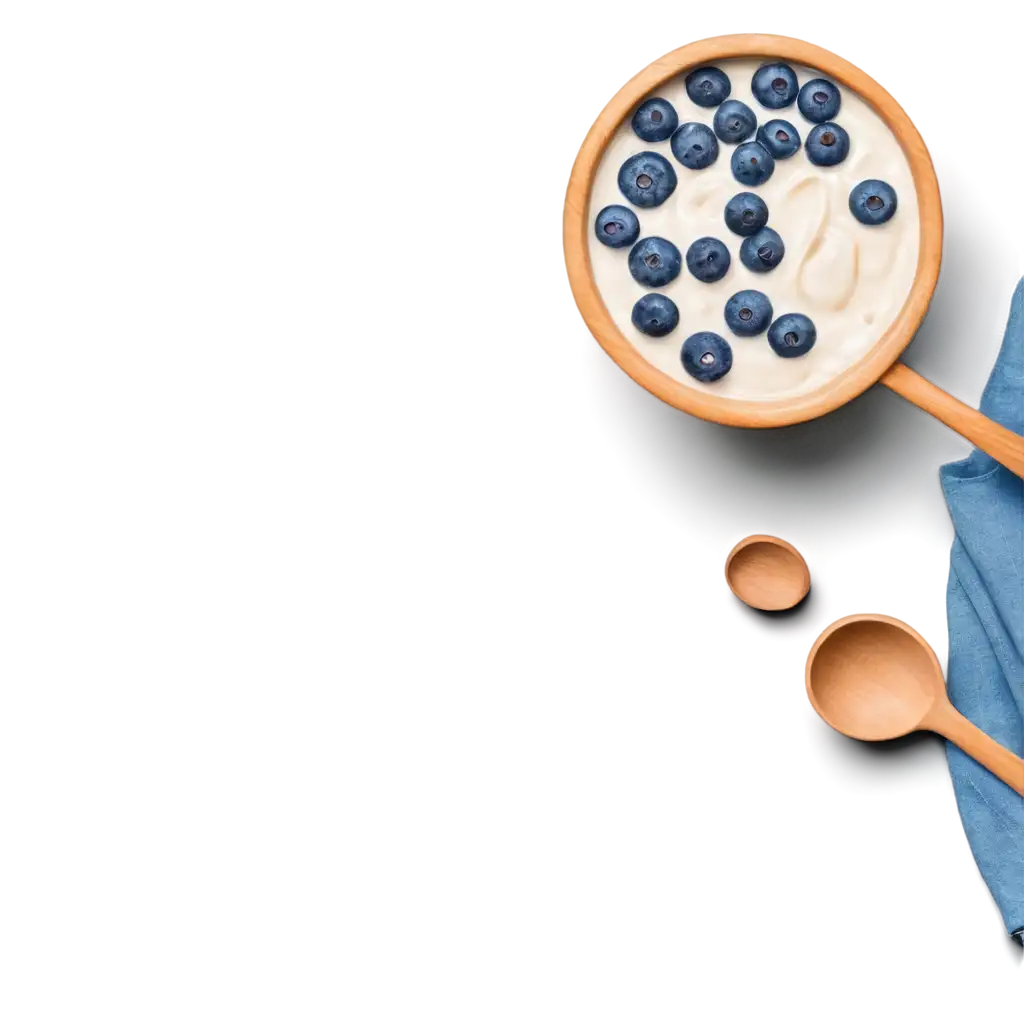
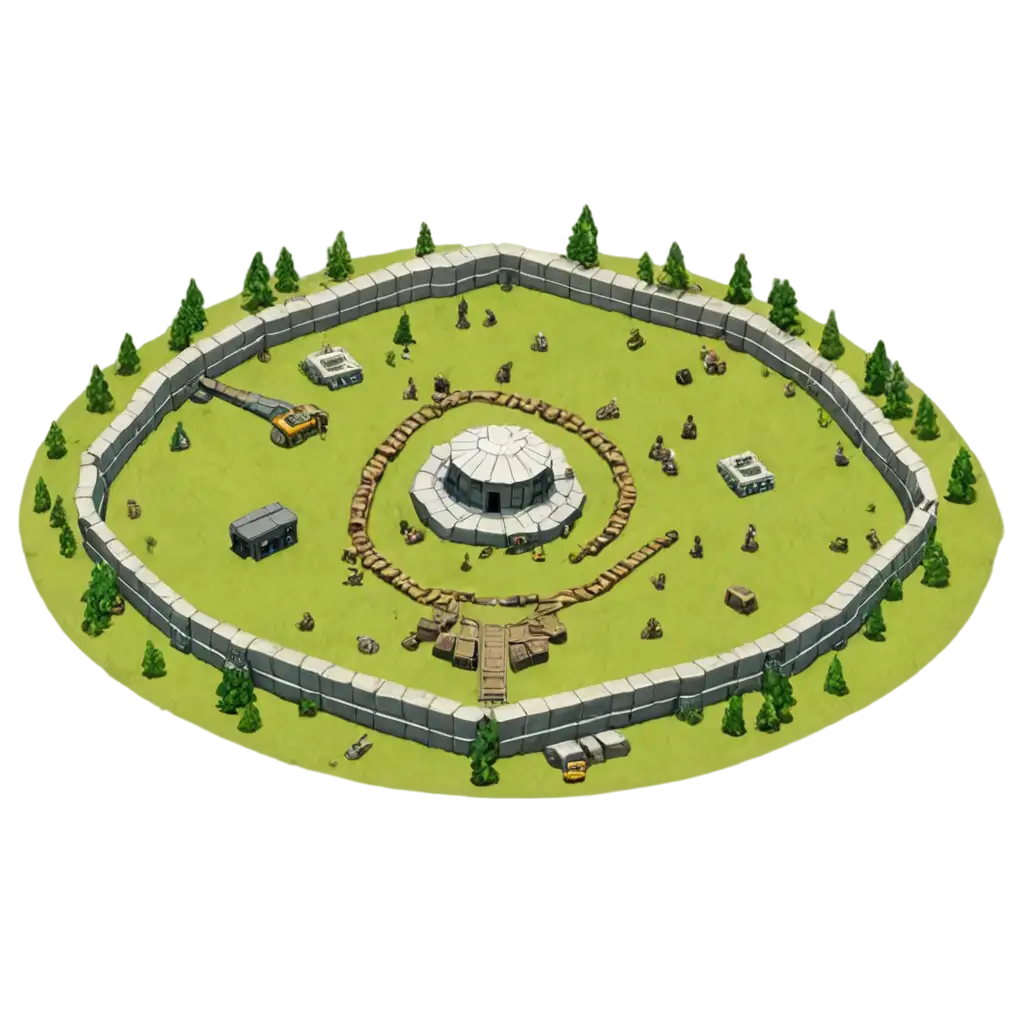
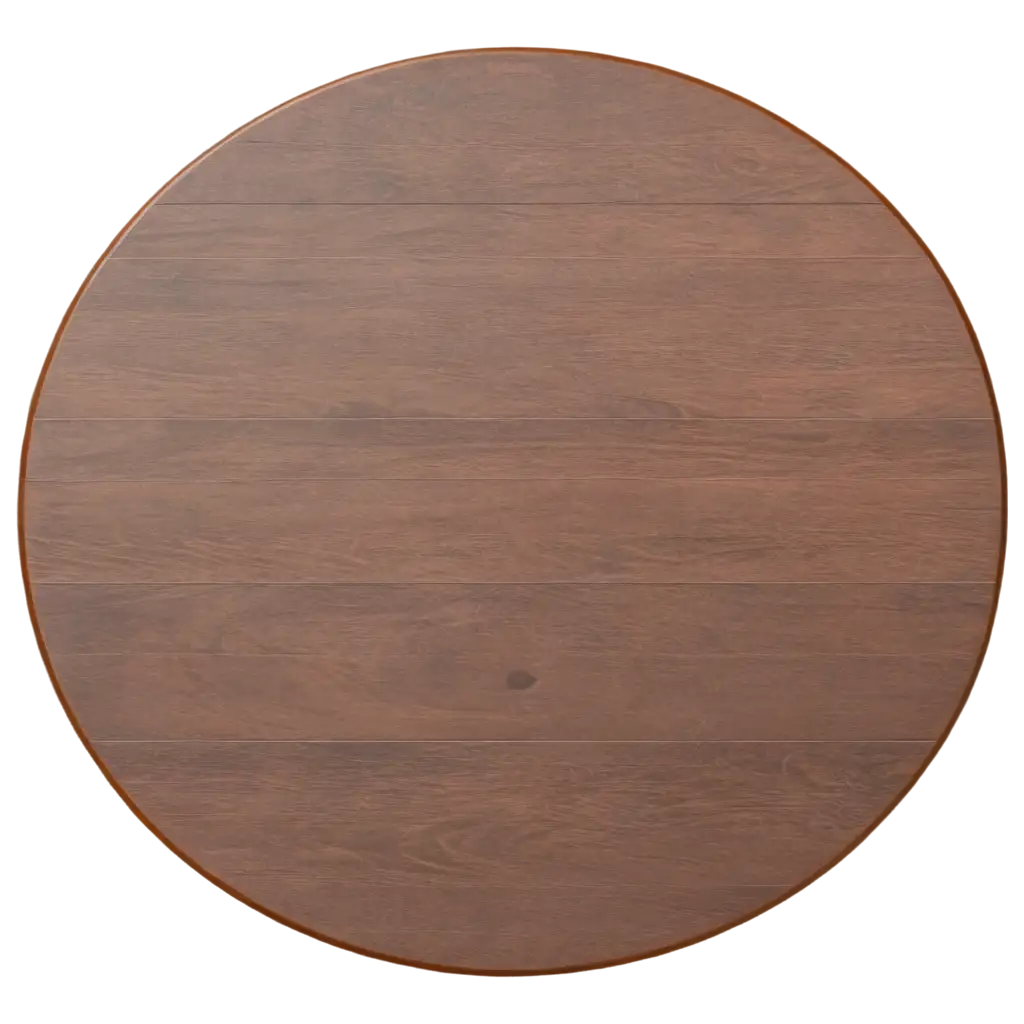
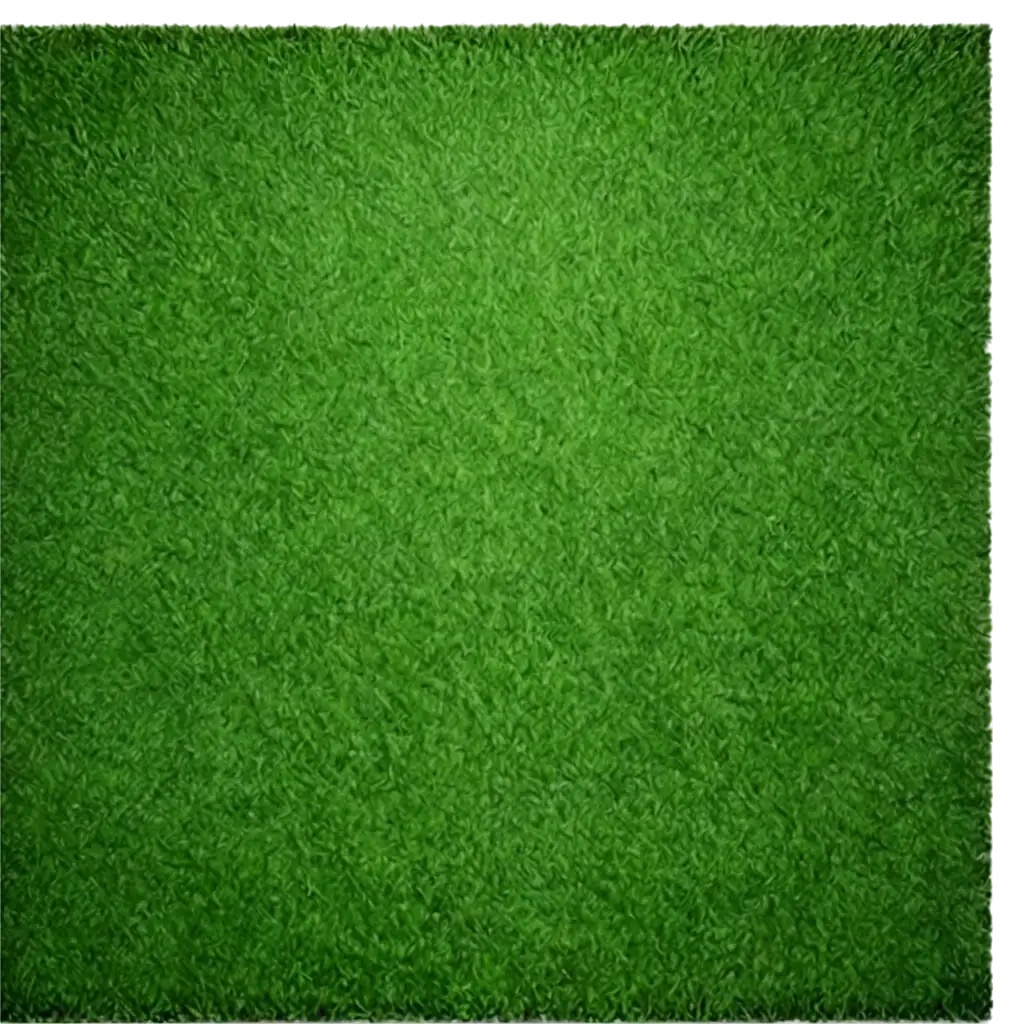

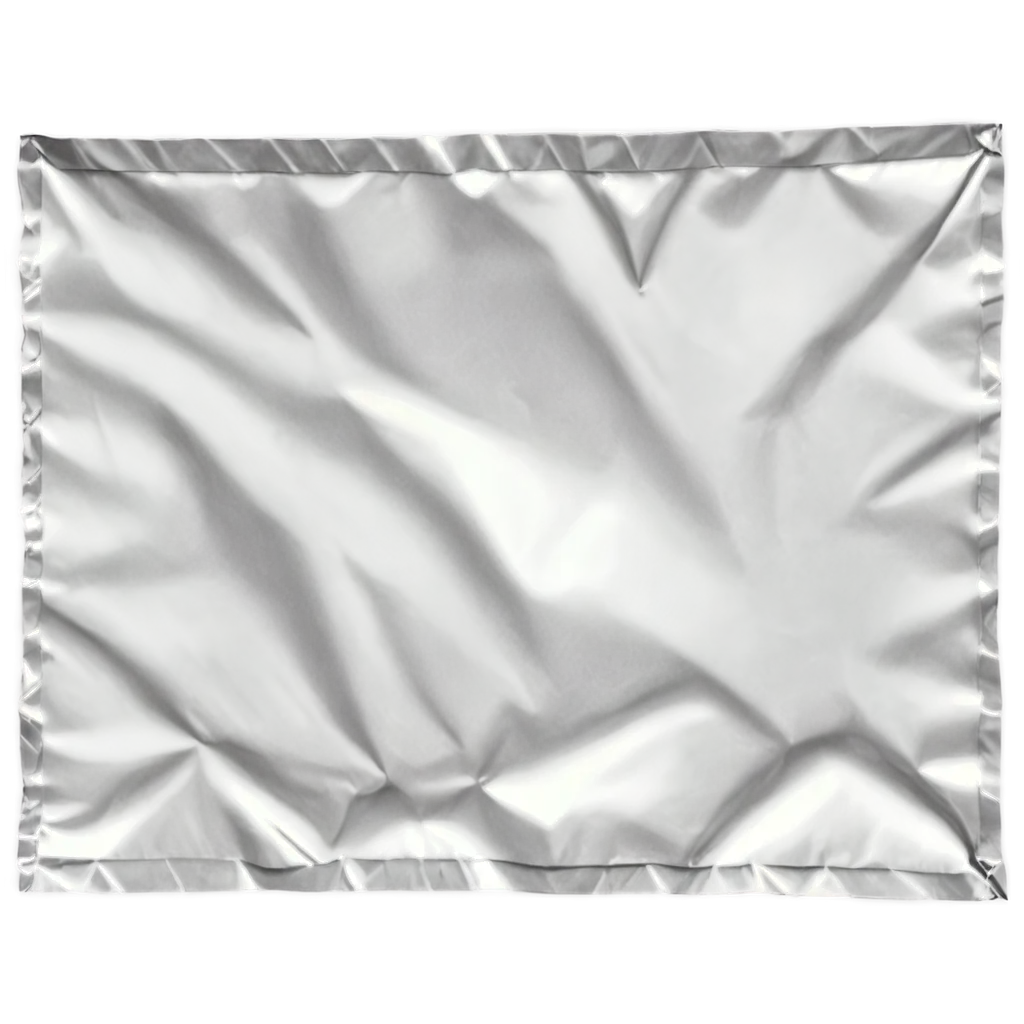
Related Tags
Top-down view, also known as bird's-eye view or overhead photography, captures subjects from directly above, creating unique perspectives that reveal patterns, layouts, and spatial relationships. This viewpoint has become increasingly popular in various fields, from real estate and architecture to food photography and gaming. In architectural visualization, top-down views provide clear layouts of floor plans and urban developments. In food photography, this angle highlights dish presentation and ingredient composition. The style has also gained prominence in social media, where influencers use overhead shots to create visually striking flat lays of products and lifestyle scenes.
Understanding Top-down View Photography and Its Applications
Creating compelling top-down view images with AI requires understanding specific technical elements such as perspective, lighting, and composition. The key lies in maintaining proper vertical alignment to avoid distortion, ensuring consistent lighting that minimizes harsh shadows, and incorporating depth through subtle gradients and textures. AI algorithms excel at generating accurate spatial relationships and maintaining proper scale relationships between objects. For optimal results, prompts should specify details like camera height, lighting direction, and desired level of detail. Common challenges include maintaining proper proportions, creating realistic shadows, and achieving natural-looking textures when viewed from above.
Technical Aspects of Creating Top-down View AI Images
Top-down view images serve various industries and purposes. In urban planning and architecture, they provide essential visualization of city layouts, building plans, and landscape designs. Game developers use this perspective for strategy games, puzzle games, and world-building elements. Interior designers leverage top-down views to showcase room layouts and furniture arrangements. The food and beverage industry frequently employs this angle for menu photography and recipe illustrations. Additionally, these images are valuable in educational materials, particularly for subjects like geography, biology, and technical drawing, where clear visual representation of spatial relationships is crucial.
Popular Categories and Use Cases for Top-down View Images
The future of top-down view AI generation is evolving rapidly with technological advancements. Emerging trends include enhanced 3D depth perception in generated images, improved texture rendering, and more sophisticated lighting systems that create realistic shadows and reflections. AI models are becoming better at understanding and reproducing complex spatial relationships, leading to more accurate and detailed architectural and urban planning visualizations. The integration of augmented reality (AR) and virtual reality (VR) technologies is opening new possibilities for interactive top-down view experiences, particularly in real estate, urban planning, and educational applications. As AI technology continues to advance, we can expect to see even more realistic and versatile top-down view generations.
Future Trends in Top-down View AI Generation